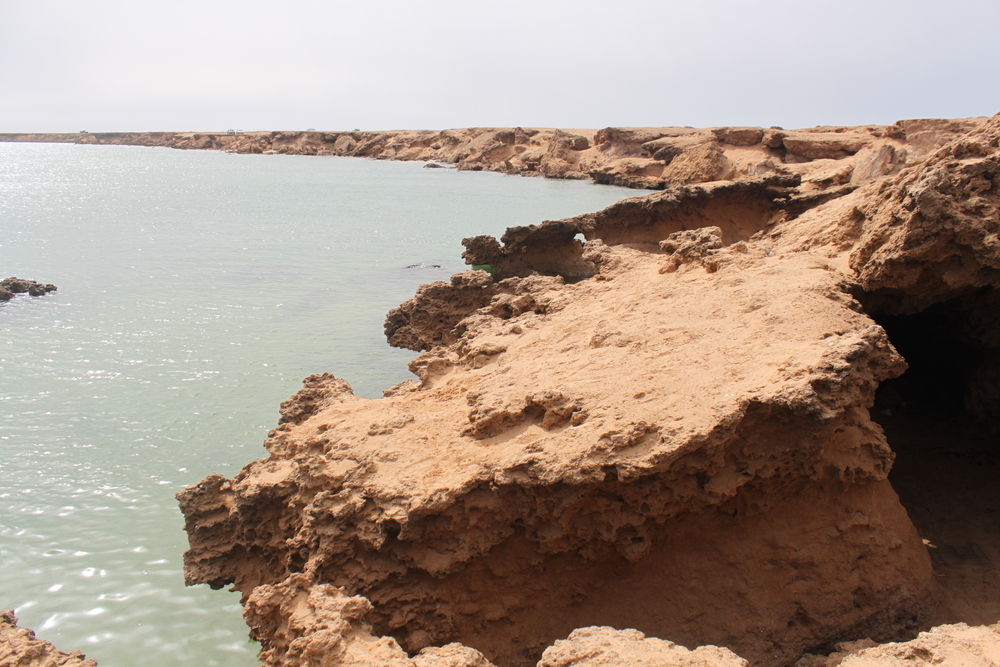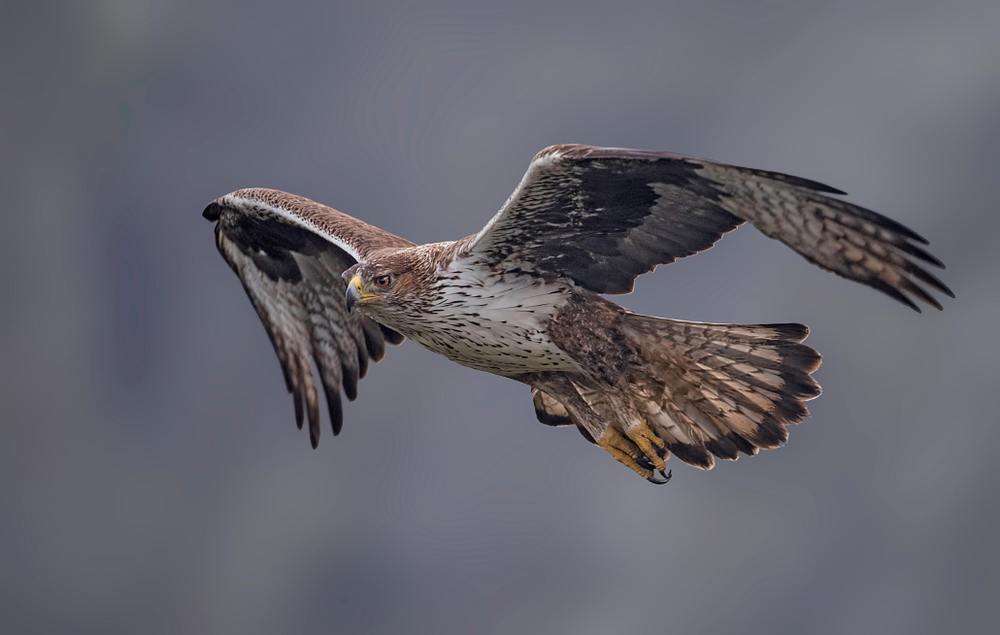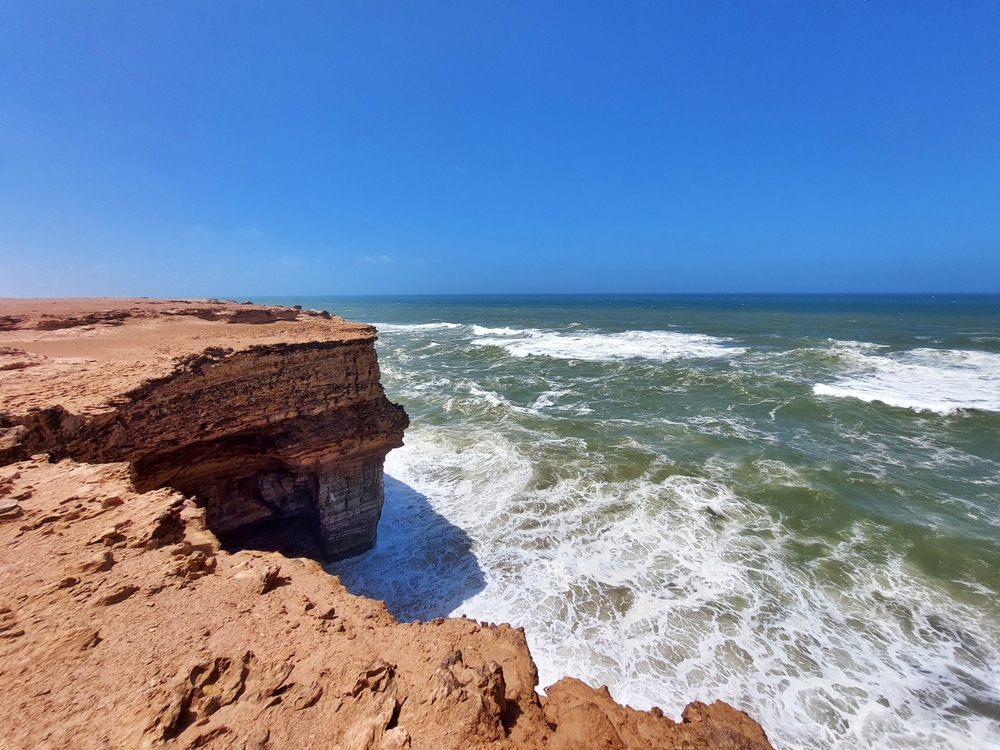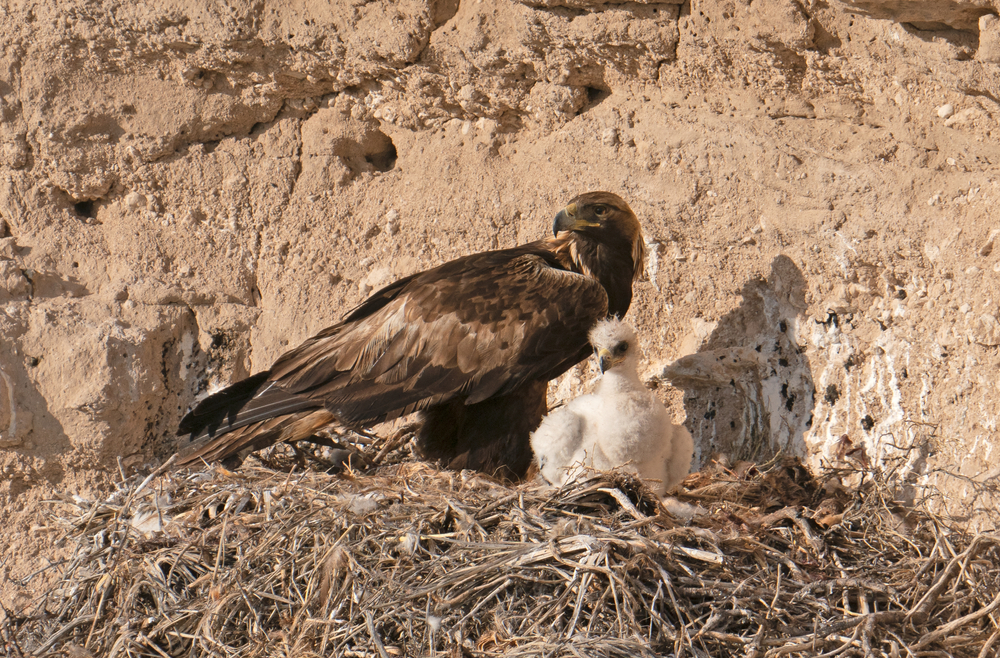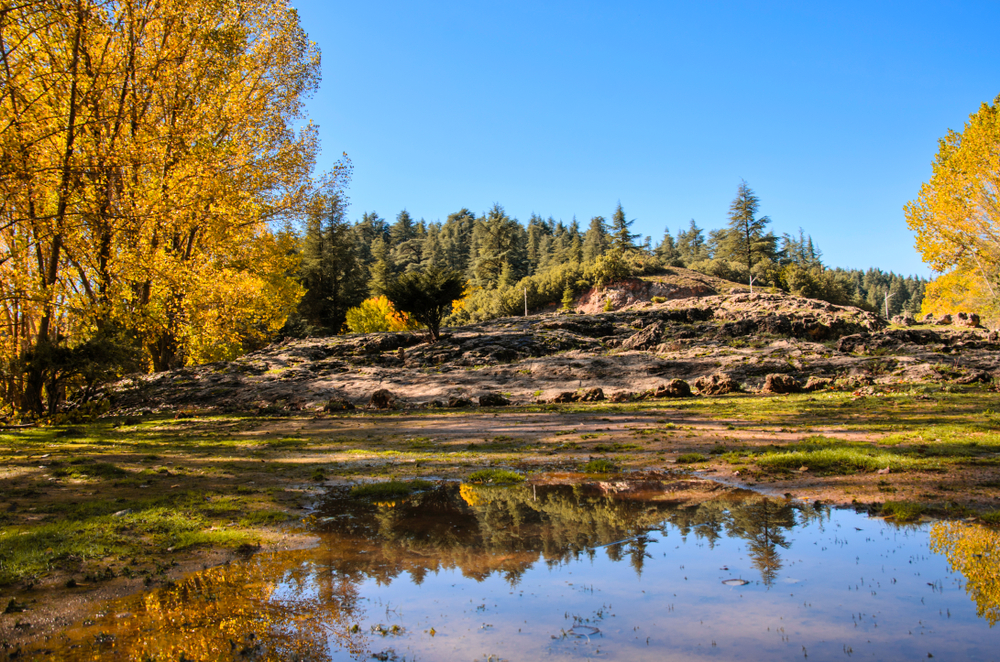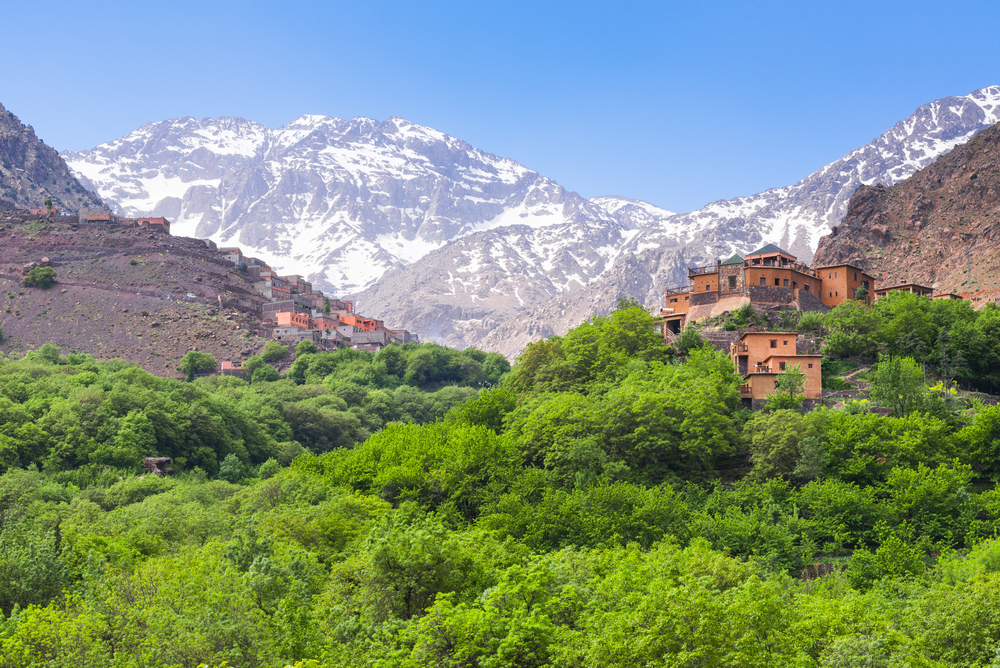Dakhla Overview
Dakhla National Park, known locally as “Parc National de Dakhla”, is a pristine conservation area located in the southern region of Western Sahara, Morocco. Encompassing the Dakhla Peninsula and surrounding coastal waters, the park is a unique blend of terrestrial and marine ecosystems. Spanning an area of approximately 14,000 square kilometers (5,405 square miles), it is one of the largest protected areas in the region. Its ecological and geographical diversity makes it a haven for a variety of species and an emerging destination for eco-tourism.
The terrain of Dakhla National Park is characterized by sweeping desert dunes, rugged coastal cliffs, and serene tidal lagoons. The Atlantic Ocean plays a significant role in shaping the park’s environment, creating nutrient-rich waters that support abundant marine life. Vegetation is sparse but adapted to the arid climate, consisting mainly of desert shrubs, salt-tolerant plants, and patches of seagrass in the coastal zones. The park’s unique blend of terrestrial and aquatic habitats supports a rich array of biodiversity.
Dakhla National Park is particularly renowned for its marine life. Dolphins, sea turtles, and various species of fish thrive in its waters, while migratory birds such as flamingos, pelicans, and ospreys are commonly seen along the coast and in the lagoons. The park is also home to desert-dwelling species such as fennec foxes, golden jackals, and monitor lizards. Its diverse habitats provide crucial nesting, feeding, and breeding grounds for wildlife, making it an ecological treasure in the region.
Visitors to Dakhla National Park can enjoy a variety of activities that highlight its natural beauty. The lagoons are famous for water sports such as kiteboarding and windsurfing, drawing enthusiasts from around the globe. Wildlife observation, particularly birdwatching, is a popular activity, with the park offering excellent opportunities to see migratory and resident species in their natural habitats. Guided eco-tours allow visitors to explore the park’s diverse landscapes, from its windswept dunes to its tranquil marine environments. For those seeking cultural experiences, the local Sahrawi communities offer insights into traditional desert lifestyles and their coexistence with the natural environment.
Despite its ecological significance, Dakhla National Park faces several challenges. Overfishing, pollution, and unregulated tourism threaten its marine and coastal ecosystems. Habitat degradation caused by climate change, including rising sea levels and desertification, adds to the pressures. Conservation efforts led by Moroccan authorities and international organizations focus on sustainable tourism development, marine habitat protection, and community engagement. Eco-tourism initiatives are being promoted to generate income while raising awareness of the park’s importance.
Dakhla National Park is a vital component of Morocco’s natural heritage and a global biodiversity hotspot. Its stunning landscapes, rich wildlife, and cultural significance make it a unique destination for eco-tourism and a critical area for conservation. Protecting Dakhla ensures the preservation of its ecosystems and supports global efforts to safeguard the planet’s natural resources for future generations.








































































